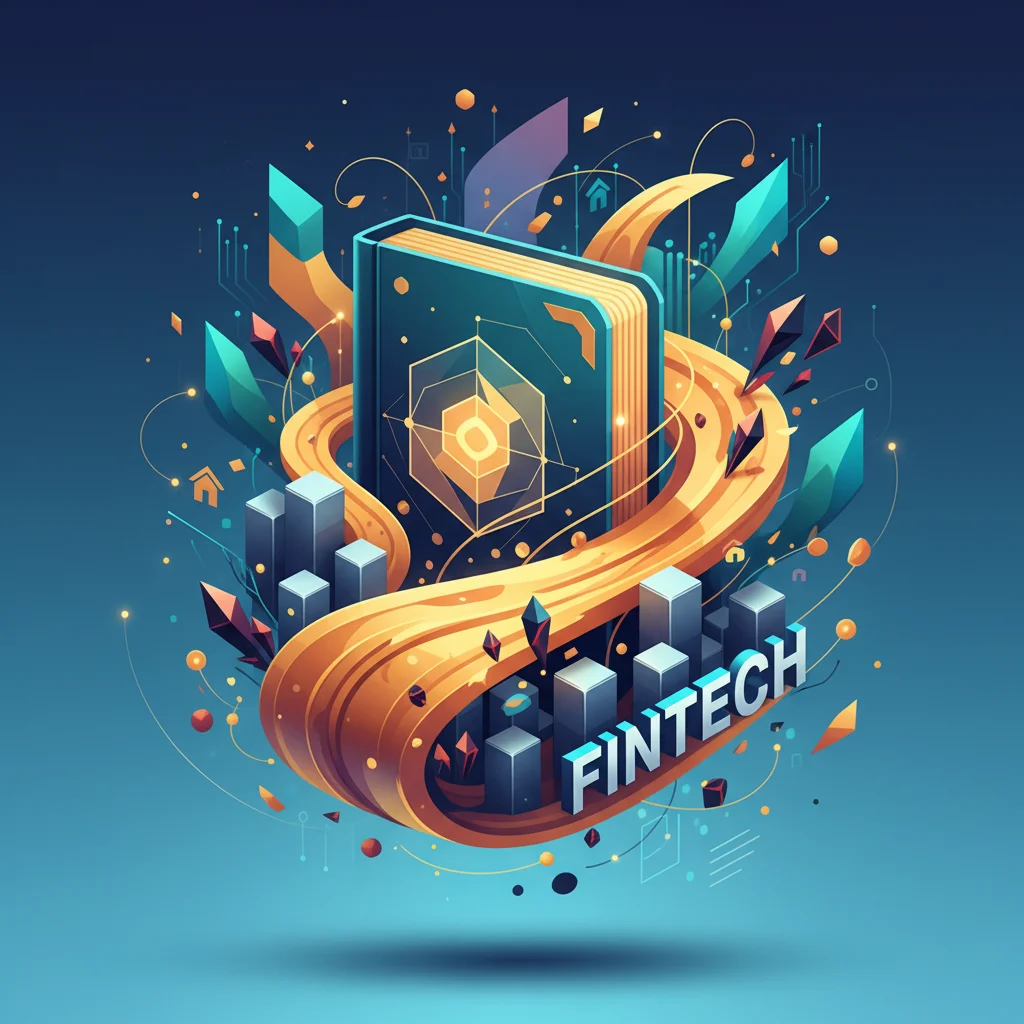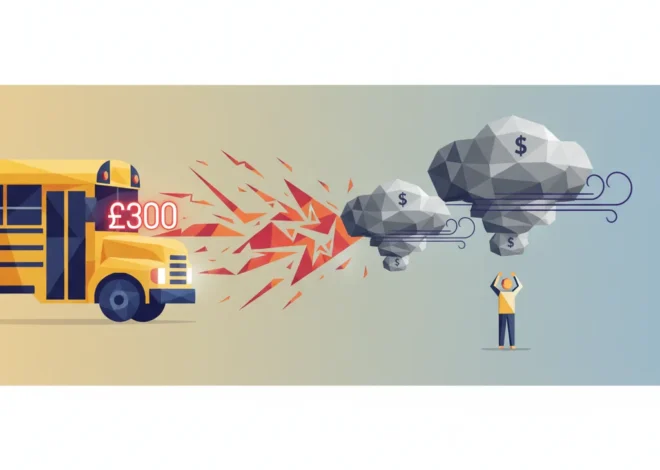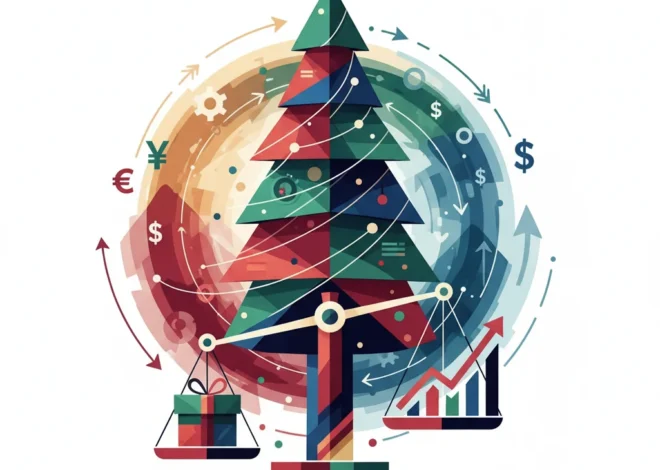
The Hidden Ledger: Why the Bank of Mum and Dad is Outpacing Fintech, and the Risks No One is Talking About
In an era defined by relentless technological advancement, where frictionless transactions and one-click credit are the norm, a surprising trend is emerging from the heart of household finance. While the buzz surrounds the explosive growth of Buy Now, Pay Later (BNPL) services—the darlings of the fintech world—a quieter, more traditional lender is quietly handling more business: the Bank of Mum and Dad. According to a report from the BBC, more individuals are turning to family and friends for financial assistance than they are to these modern, app-based lending solutions. This isn’t just a quaint statistical anomaly; it’s a profound statement on the current state of the economy, the promises and pitfalls of financial technology, and the enduring, complex nature of human trust in the face of financial strain.
This reversion to age-old borrowing methods signals a potential disconnect between the solutions fintech provides and the actual needs of consumers navigating a volatile economic landscape. For investors, finance professionals, and business leaders, understanding this trend is critical. It raises fundamental questions about the long-term sustainability of certain fintech models, the unseen risks in the consumer credit market, and where the next wave of innovation in personal finance must focus. It’s a story not just about money, but about the intricate dance between technology, psychology, and necessity.
The Meteoric Rise of Buy Now, Pay Later
Before we can appreciate the significance of this trend, we must first understand the phenomenon that is Buy Now, Pay Later. BNPL services have fundamentally reshaped the landscape of e-commerce and retail finance. Companies like Klarna, Afterpay, and Affirm have become household names by offering a simple, seductive proposition: get your goods now and pay for them later in a series of interest-free installments. This model masterfully tapped into a desire for instant gratification, particularly among younger demographics, by removing the immediate financial friction at the point of sale.
The growth has been nothing short of staggering. The global BNPL market was valued at over $120 billion in 2021 and is projected to reach nearly $4 trillion by 2030, according to a report by Allied Market Research. This explosive trajectory has been fueled by seamless integration with online checkouts, massive venture capital investing, and a perception of being a smarter, more modern alternative to high-interest credit cards. For many, BNPL felt less like taking on debt and more like a clever budgeting tool—a key psychological distinction that powered its adoption. This disruption put immense pressure on the traditional banking sector, forcing legacy institutions to either compete with or acquire these nimble fintech startups.
The Enduring Power of the Informal Lender
Yet, amidst this high-tech revolution, the data reveals a compelling counter-narrative. The BBC article highlights that while 11% of people surveyed had used a BNPL loan, a larger proportion—15%—had borrowed from family or friends. This informal “Bank of Mum and Dad” (or friends and siblings) operates without algorithms, user interfaces, or marketing budgets. So, what is its enduring appeal?
The answer lies in attributes that technology has yet to replicate authentically:
- Unconditional Trust: Borrowing from family is based on a pre-existing relationship of trust, not a credit score. In times of genuine hardship, this can be the only accessible lifeline.
- Inherent Flexibility: A late payment to a fintech company triggers automated fees and credit score warnings. A late payment to a parent often starts with a conversation, allowing for adjustments based on circumstance.
- Zero-Interest, Zero-Fee Norm: While not always the case, these loans are typically offered without the expectation of financial gain, a stark contrast to the late-fee-driven revenue models of many BNPL providers.
- Privacy and Simplicity: There are no applications, no data harvesting, and no impact on one’s formal credit history, making it a discreet solution to a temporary shortfall.
This preference underscores a crucial insight: when financial pressure mounts, human connection and flexibility can outweigh the convenience of a slick app.Beyond the Balance Sheet: What a Soviet Photographer Teaches Modern Investors About True Market Reality
A Comparative Look: Fintech vs. Family
To better understand the trade-offs consumers are making, it’s helpful to directly compare these two sources of credit. The choice is not as simple as one being “good” and the other “bad”; both carry a unique set of benefits and significant, often hidden, costs.
Below is a table outlining the key differences between borrowing from family and using a BNPL service:
| Feature | Buy Now, Pay Later (BNPL) | Family & Friends Loan |
|---|---|---|
| Cost of Borrowing | Typically interest-free if paid on time; significant late fees if payments are missed. | Usually interest-free, but can create a non-financial “debt” of obligation. |
| Accessibility | High, with soft or no credit checks for smaller amounts. Based on algorithms. | Dependent entirely on the relationship and the lender’s financial capacity. |
| Impact on Credit Score | Historically, no positive impact. Missed payments can be reported to credit bureaus, causing significant damage. | No direct impact on formal credit scores, for better or worse. |
| Repayment Structure | Rigid, automated payment schedules. Little to no flexibility. | Highly flexible and negotiable, often based on verbal agreements. |
| Regulation | Largely operates in a regulatory grey area, though this is changing. Lacks the consumer protections of traditional credit. | Completely unregulated. No formal recourse for either party if the agreement sours. |
| Emotional/Relational Cost | Impersonal and transactional. Financial stress is the primary emotional burden. | Extremely high potential for guilt, resentment, and permanent damage to crucial relationships. |
The Economic Pressures Fueling the Trend
This isn’t happening in a vacuum. The shift towards both BNPL and family borrowing is a direct symptom of the immense pressure on household finances. A confluence of macroeconomic factors is creating an environment where millions are struggling to make ends meet.
The most significant driver is persistent inflation, which has outpaced wage growth for many, eroding purchasing power. As the cost of essentials like groceries, fuel, and housing rises, discretionary income vanishes, and the buffer for unexpected expenses disappears. A 2023 Forbes Advisor survey found that 64% of Americans are living paycheck to paycheck, highlighting the precarious financial state of the majority. When the car breaks down or a medical bill arrives, there is often no savings to fall back on, forcing a choice between various forms of credit.
Furthermore, rising interest rates, implemented by central banks to combat inflation, make traditional forms of credit like credit cards and personal loans more expensive. This economic tightening, combined with volatility in the stock market that discourages short-term investing, creates a perfect storm where seemingly “free” credit from BNPL or the perceived safety of a family loan become the most attractive options. The study of economics shows us that when formal systems become more restrictive, informal ones flourish.Navigating the Gauntlet: How Businesses Are Battling a Perfect Economic Storm and What It Means for Investors
The Hidden Ledger: Unpacking the True Costs
While the appeal of both options is clear, their true costs are often deferred and non-monetary. The BBC article touches on the most critical risk of family borrowing: it can irrevocably damage relationships. Money introduces a transactional dynamic into a personal connection, creating a power imbalance. The lender may feel resentful if the money isn’t repaid promptly, while the borrower may feel a constant sense of guilt and obligation, avoiding the very person who helped them. These unspoken tensions can fracture families and friendships in a way that a late fee from a corporation never could.
On the other hand, the dangers of BNPL are systemic. Critics argue that it encourages overconsumption by masking the true cost of purchases. A $200 item presented as “4 easy payments of $50” feels psychologically cheaper, leading to impulse buys. This can lead to a dangerous debt spiral, where consumers are juggling multiple payment plans from different providers, a phenomenon known as “stacking.” A study by Citizens Advice UK found that a significant number of young BNPL users were struggling to keep up with payments, with many being chased by debt collectors. This highlights the urgent need for stronger consumer protection and regulation in the burgeoning financial technology space.
The Future of Consumer Credit: A Path Forward
The current landscape signals a crucial inflection point for consumer finance. The path forward will likely be defined by three key developments:
- Regulation is Coming: Governments worldwide are closing in on the unregulated BNPL market. Future rules will likely mandate stricter affordability checks, clearer terms and conditions, and more standardized reporting to credit bureaus. This will legitimize the industry but may also curb its frictionless appeal and growth rate.
- Innovation in Empathy: The success of family lending offers a roadmap for fintech. The next wave of innovation may involve using AI and machine learning not just to assess risk, but to offer more flexible, personalized repayment plans that adapt to a user’s financial situation.
- The Decentralized Alternative: Looking further ahead, technologies like blockchain could play a role. Decentralized Finance (DeFi) platforms could enable secure, peer-to-peer lending governed by smart contracts. This could potentially blend the trust of a personal network with the formal security of a legal agreement, removing the need for traditional banking or corporate intermediaries. While still nascent, it presents a fascinating alternative for the future of trading and lending value.The Pet Economy Paradox: Why Soaring Vet Bills Are a Critical Indicator for the Modern Investor
Ultimately, the revelation that more people are borrowing from family than using BNPL is a powerful reminder that finance is, and always will be, deeply human. The data points not to a failure of technology, but to its current limitations. The choice facing consumers today—between the cold, rigid efficiency of an algorithm and the warm, messy complexity of a personal relationship—highlights a vast opportunity. The future of consumer finance belongs not to the company with the slickest app, but to the one that can solve the fundamental economic challenges facing households with solutions that are not only technologically advanced but also flexible, transparent, and fundamentally humane.


